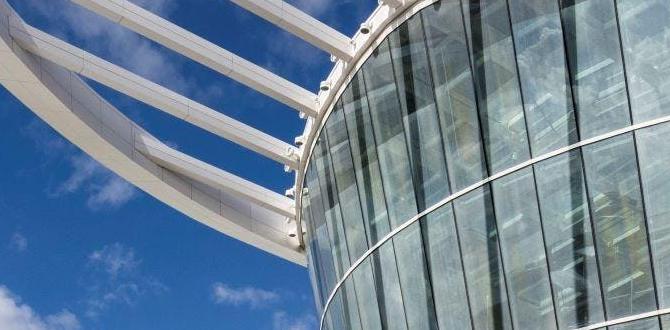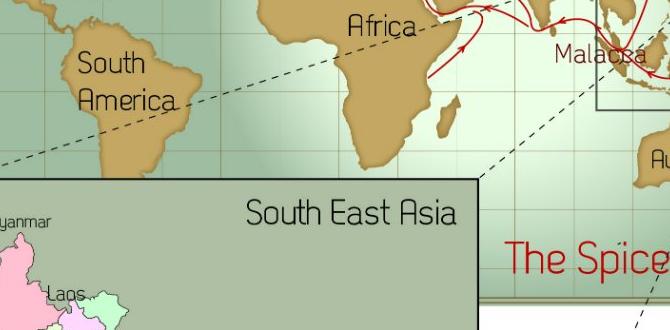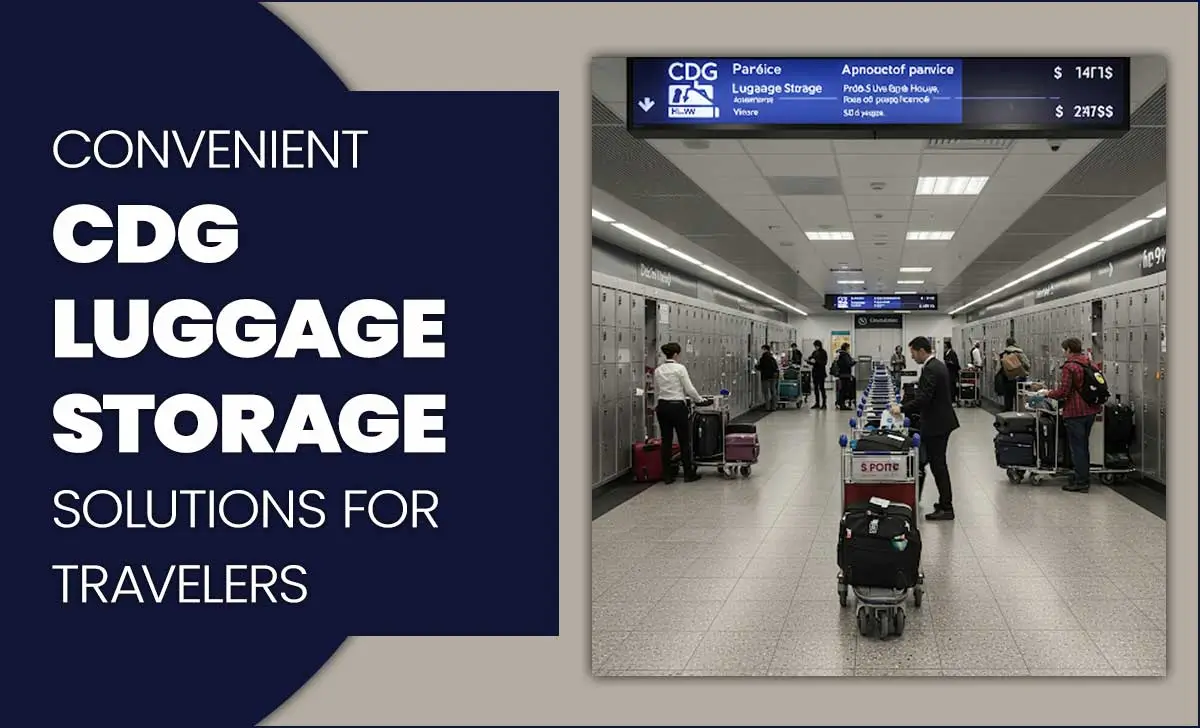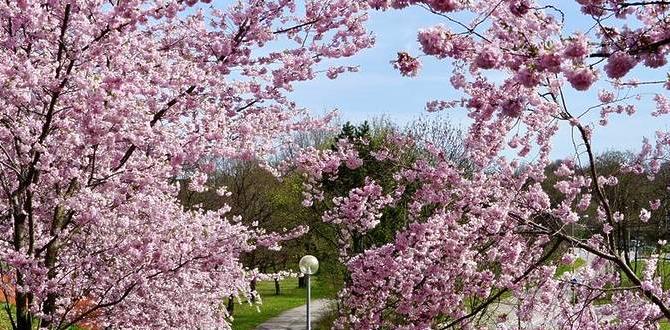Bhutan 2 weeks itinerary: Your essential guide to exploring the Land of the Thunder Dragon with ease. This plan balances cultural immersion, stunning landscapes, and comfortable travel, ensuring a stress-free adventure.
Dreaming of the mystical Kingdom of Bhutan? Planning a trip can feel a bit overwhelming, especially when you want to make the most of your precious two weeks. Many travelers find themselves wondering how to seamlessly weave through its stunning valleys and ancient monasteries. Don’t worry, planning your Bhutan adventure can be simple and exciting! This guide is designed to break down a perfect two-week itinerary, making it easy to follow and ensuring you experience the heart of this unique country. Get ready for a journey filled with breathtaking views and calming moments.
Frequently Asked Questions About a Bhutan 2 Weeks Itinerary
What is the best time of year to visit Bhutan for a 2-week trip?
The best times are spring (March to May) and autumn (September to November). Spring offers blooming rhododendrons and pleasant weather, while autumn provides clear skies for mountain views and festivals. These periods boast comfortable temperatures and lower chances of rain, making them ideal for exploring.
Do I need a visa for Bhutan, and how do I get one?
Yes, almost all nationalities require a visa. Your Bhutanese tour operator will arrange this for you as part of your tour package. You’ll need to provide a copy of your passport, and the visa fee is typically included in your pre-paid tour cost. The visa is then stamped into your passport upon arrival.
What is the mandatory daily package rate, and what does it cover?
Bhutan has a Sustainable Development Fee (SDF) of USD $100 per person per night. This fee supports Bhutan’s development goals, including healthcare and education. Previously, there was a minimum daily package, but now the SDF is the primary government fee. Your tour operator will bundle this fee along with accommodation, a licensed guide, internal transport, and meals into your overall tour cost.
What kind of clothing should I pack for Bhutan?
Pack layers! Temperatures can vary significantly. Include light, breathable clothing for warmer days, sweaters and fleece for cooler evenings, and a waterproof jacket for unexpected rain. For visiting monasteries and religious sites, modest attire covering shoulders and knees is essential. Comfortable walking shoes are a must, as you’ll be doing a lot of exploring on foot.
Is travel insurance necessary for Bhutan?
While not always mandatory to obtain a visa, comprehensive travel insurance is highly recommended for any international trip, including Bhutan. It should cover medical emergencies, trip cancellations, baggage loss, and other unforeseen circumstances. Ensure your policy is valid for the duration of your stay.
Can I travel independently in Bhutan, or do I need a guide?
You are required to book your trip through a licensed Bhutanese tour operator and will have a mandatory guide accompanying you throughout your stay. This ensures your trip is well-organized, culturally respectful, and supports Bhutan’s tourism policy. Independent travel as commonly understood in other countries is not permitted.
What are essential items to pack for comfort, especially for longer travel days or remote areas?
Beyond clothing and walking shoes, consider packing a reusable water bottle, high-SPF sunscreen, insect repellent, a small backpack for day trips, and any personal comfort items. For those who might need them, discreet and reliable adult diapers or child diapers can offer peace of mind and comfort during long journeys or when facilities might be limited. It’s about being prepared for real-life travel needs.
Bhutan at a Glance: Why Two Weeks is Perfect
Bhutan, the Land of the Thunder Dragon, is a country unlike any other. Nestled in the Himalayas, it offers a unique blend of ancient traditions, stunning natural beauty, and a philosophy of Gross National Happiness. A two-week itinerary provides the ideal timeframe to deeply immerse yourself in its culture, explore its diverse landscapes, and truly disconnect from the everyday hustle, without feeling rushed.
This duration allows you to visit its most iconic landmarks, venture into less-traveled valleys, and genuinely connect with the friendly Bhutanese people. It’s enough time to capture the spirit of this enchanting kingdom, from the majestic Tiger’s Nest Monastery to the serene beauty of Phobjikha Valley. We’ll help you craft an itinerary that balances sightseeing with moments of quiet reflection, ensuring a memorable and stress-free adventure.
Understanding Bhutan Travel: The Essentials
Before diving into the itinerary, it’s crucial to understand how travel in Bhutan works. Unlike many destinations, Bhutan has a unique tourism policy designed to preserve its culture and environment. This means most tourists travel on a pre-paid package that includes accommodation, meals, a licensed guide, and internal transportation.
- Mandatory Guide: You’ll always be accompanied by a knowledgeable and friendly Bhutanese guide.
- Sustainable Development Fee (SDF): A daily fee of USD $100 per person per night contributes to Bhutan’s well-being.
- Tour Operator: All bookings must be made through a registered Bhutanese tour operator.
This system ensures a high-quality, sustainable, and culturally rich experience for visitors while benefiting the local communities. It also simplifies your planning significantly, as many logistical details are handled for you. For parents traveling with children, understanding these requirements and packing accordingly, including essentials like child diapers for added comfort and convenience, is key to a smoother journey.
Your Bhutan 2 Weeks Itinerary: A Comprehensive Guide
This itinerary is designed to give you a well-rounded experience of Bhutan, from the bustling capital to remote valleys. It balances famous attractions with opportunities to experience local life.
Days 1-3: Arrival in Paro & Thimphu Exploration
Your journey begins at the Paro International Airport (PBH), one of the most scenic airport landings in the world. After clearing immigration and customs, you’ll be greeted by your guide.
Day 1: Arrival in Paro & Transfer to Thimphu
- Arrive at Paro Airport.
- Meet your guide and driver.
- Scenic drive to Thimphu (approx. 1.5 hours).
- Check into your hotel.
- Afternoon: Visit the impressive Buddha Dordenma statue, offering panoramic views of the Thimphu valley.
- Visit the Takin Preserve to see Bhutan’s national animal.
- Explore the Folk Heritage Museum for a glimpse into traditional Bhutanese rural life.
- Evening: Stroll through Thimphu town, observing local life.
Day 2: Thimphu Cultural Immersion
- Morning: Visit the National Memorial Chorten, a prominent landmark where locals gather for prayer.
- Explore the National Textile Museum to admire intricate weaving techniques.
- Visit the Institute for Zorig Chusum (Arts & Crafts School) to see students learning Bhutan’s 13 traditional arts.
- Afternoon: Visit the General Post Office to create personalized stamps – a unique souvenir!
- Visit the Simtokha Dzong, the oldest dzong in Bhutan.
- Optional: Attend a traditional Bhutanese archery match, the national sport.
Day 3: Thimphu to Punakha
- After breakfast, drive towards Punakha (approx. 3 hours), crossing the picturesque Dochula Pass (3,100m).
- Stop at Dochula Pass for stunning Himalayan views (weather permitting) and admire the 108 chortens.
- Descend into the subtropical valley of Punakha.
- Afternoon: Visit Punakha Dzong, majestically situated at the confluence of the Pho Chhu and Mo Chhu rivers. This is considered the most beautiful dzong in Bhutan.
- Take a short walk to Chimi Lhakhang, the temple of the “Divine Madman,” known as a fertility temple.
- Check into your hotel in Punakha.
Days 4-5: Punakha Valley Serenity
Punakha offers a gentler pace, with lush valleys and significant monasteries.
Day 4: Punakha Valley Exploration
- Morning: Hike across the Punakha Suspension Bridge, one of the longest in Bhutan, offering great views of the Punakha Dzong and surrounding landscapes.
- Optional: Gentle hike to Khamsum Yulley Namgyal Chorten, offering breathtaking views of the Punakha valley and the Mo Chhu river.
- Explore the local village and interact with the community.
Day 5: Punakha to Phobjikha Valley (Gangtey)
- After breakfast, drive to the beautiful glacial Phobjikha Valley (approx. 2.5 hours), also known as Gangtey.
- This is a vast U-shaped valley at an elevation of 3,000m, famous as the wintering ground for the endangered Black-necked Cranes (typically from late October to March).
- Visit the historic Gangtey Monastery (Gangtey Goempa), perched on a hilltop overlooking the valley.
- Take a leisurely walk on the Phobjikha Valley Nature Trail, which passes through the village and offers stunning valley views.
- Check into your hotel or a comfortable guesthouse in the valley. For families or those needing extra comfort, having reliable adult diapers or child diapers can be a great help during these quieter, more remote parts of the trip.
Days 6-8: Central Bhutan’s Charm & Return to Paro
Journeying further east and then back west offers diverse scenery and cultural encounters.
Day 6: Phobjikha Valley to Trongsa & Bumthang (Optional Extension or Long Day)
Note: This day involves significant travel. Some itineraries might spend an extra night in Bumthang if time permits for deeper exploration. For this 2-week plan, we’ll make it a transit day with key stops.
- Morning: Depart from Phobjikha and drive towards Trongsa (approx. 3 hours).
- Visit the impressive Trongsa Dzong, the ancestral home of Bhutan’s royal family.
- Explore the Ta Dzong (watchtower) above the dzong, which now houses the Royal Museum.
- Continue your drive towards Bumthang (approx. 2-3 hours), the spiritual heartland of Bhutan.
- Check into your hotel in Bumthang.
Day 7: Bumthang Valley Exploration
- Full day exploring the sacred valleys of Bumthang (Jakar, Chhume, Tang).
- Visit the Jakar Lhakhang, one of Bhutan’s oldest temples.
- Explore Kurjey Lhakhang, where Guru Rinpoche meditated.
- Visit Tamshing Lhakhang, known for its ancient murals.
- Optional: Visit the Oheling Monastery or take a short hike.
- Note: Bumthang is at a higher altitude, so take it easy.
Day 8: Bumthang to Paro (Flight Option)
- Morning: Depending on flight schedules, you may have time for a final brief exploration in Bumthang.
- Transfer to Bumthang’s domestic airport (Bathpalathang Airport) for a scenic flight back to Paro. This flight significantly cuts down on travel time.
- Upon arrival in Paro, you’ll be transferred to your hotel.
- Afternoon: Visit the Paro Dzong (Rinpung Dzong), meaning “Fortress on a Heap of Jewels.”
- Explore the National Museum of Bhutan (Ta Dzong), located in the same complex.
Alternative: If flying is not preferred, this day would be a very long drive back towards the west, breaking the journey with an overnight stop. A 2-week itinerary highly recommends the domestic flight to maximize time for exploration.
Days 9-13: Paro Valley & Beyond
Focus on the iconic sights of the Paro Valley, including the legendary Tiger’s Nest.
Day 9: Haa Valley Day Trip (Optional)
- Embark on a scenic day trip to the Haa Valley, one of Bhutan’s most remote and picturesque regions.
- Drive over the Chelela Pass (approx. 3,988m), the highest motorable pass in Bhutan, offering stunning views of Mount Jomolhari.
- Explore the pristine Haa Valley, visit the Lhakhang Karpo (White Temple) and Lhakhang Nagpo (Black Temple).
- Enjoy a picnic lunch amidst the serene landscape.
- Return to Paro by late afternoon.
Day 10: Paro Valley Exploration
- Visit the Kyichu Lhakhang, one of the oldest and most sacred temples in Bhutan, dating back to the 7th century.
- Explore Paro town, browse for souvenirs.
- Optional: Try your hand at archery, Bhutan’s national sport, or experience a traditional Bhutanese hot stone bath – a perfect way to relax after days of travel.
Day 11: The Iconic Tiger’s Nest Hike
- This is the highlight for many visitors! Embark on the unforgettable hike to Taktsang Monastery (






